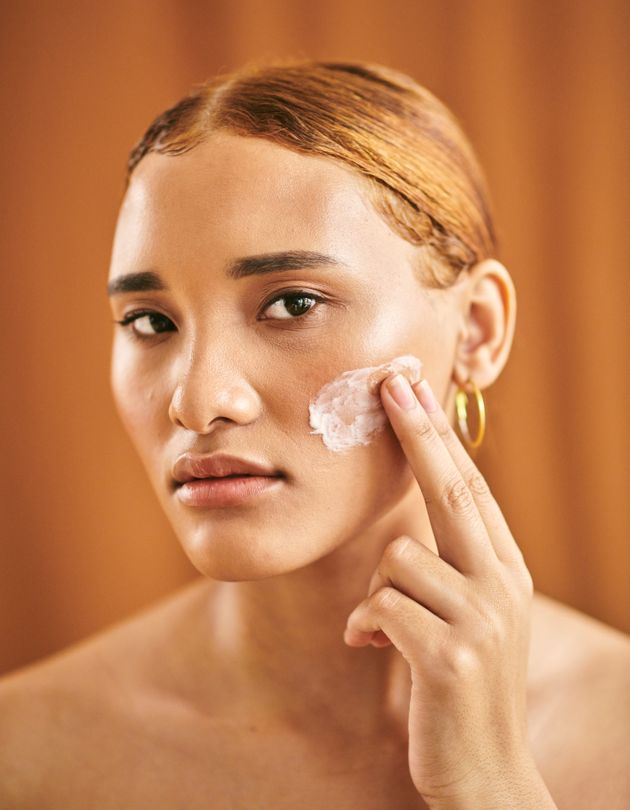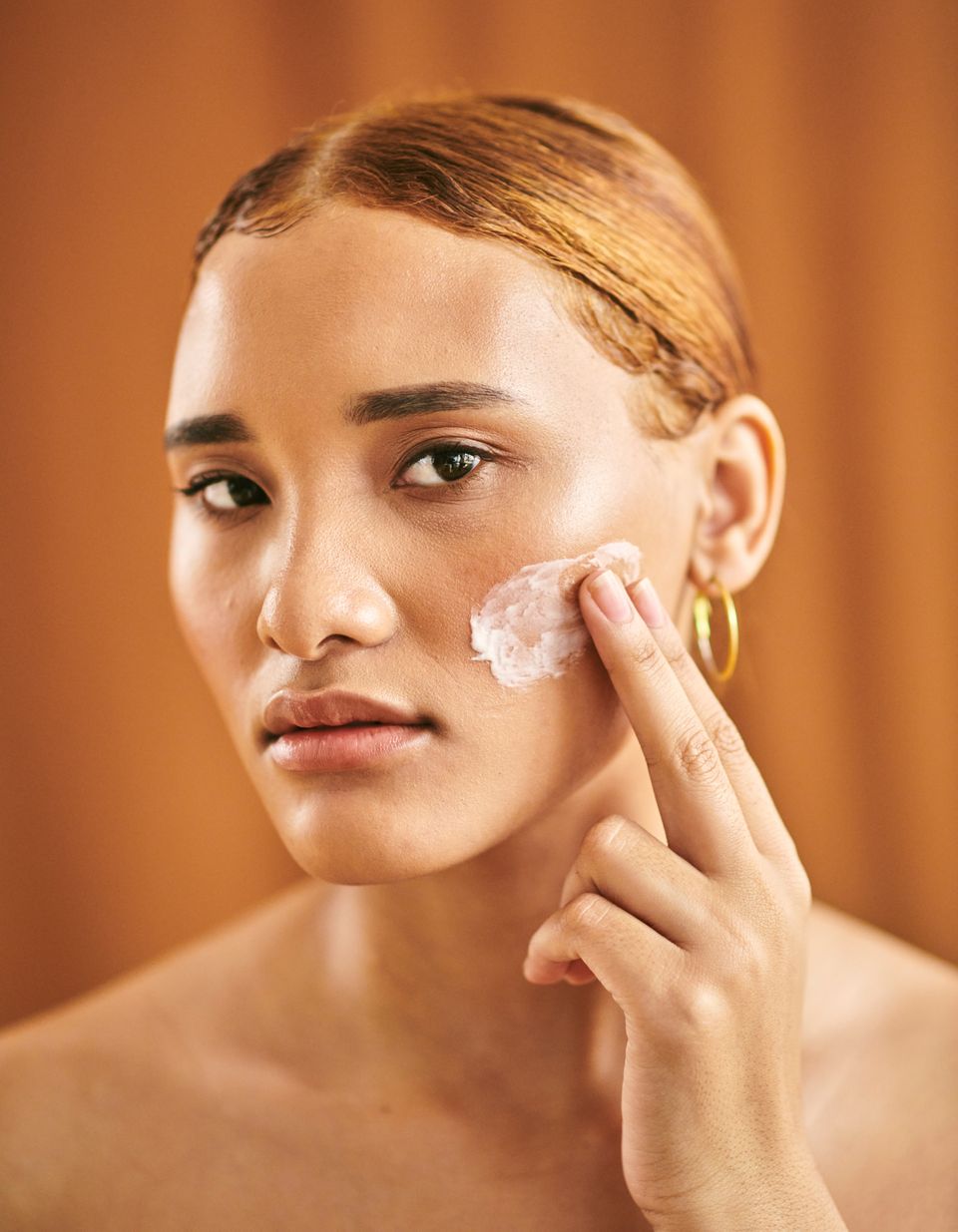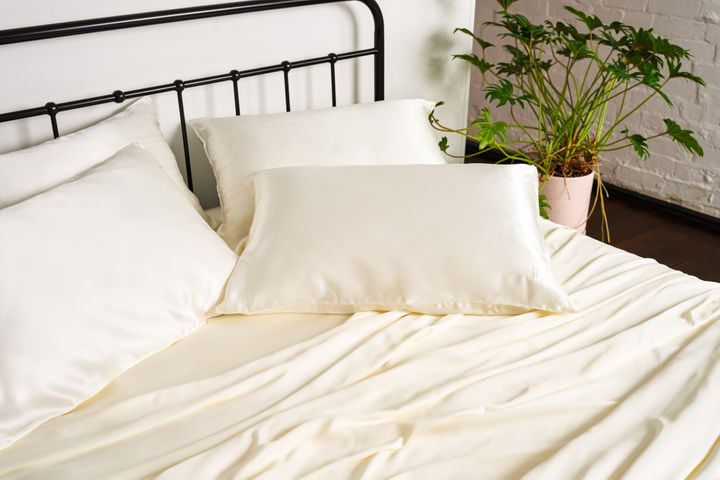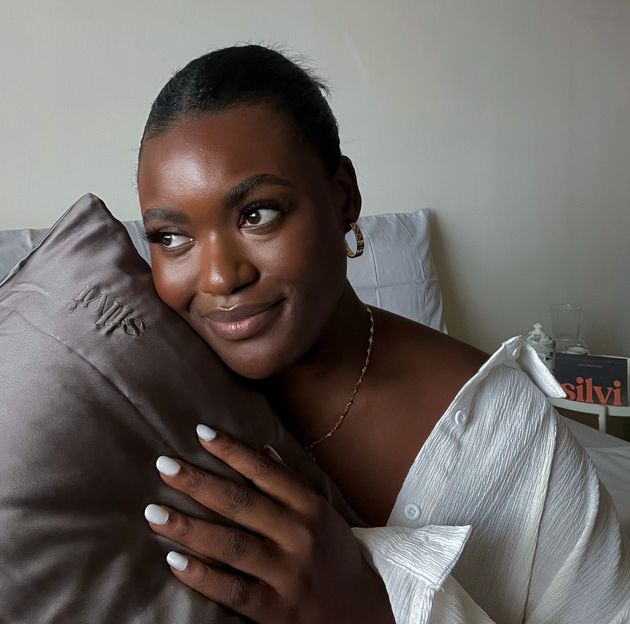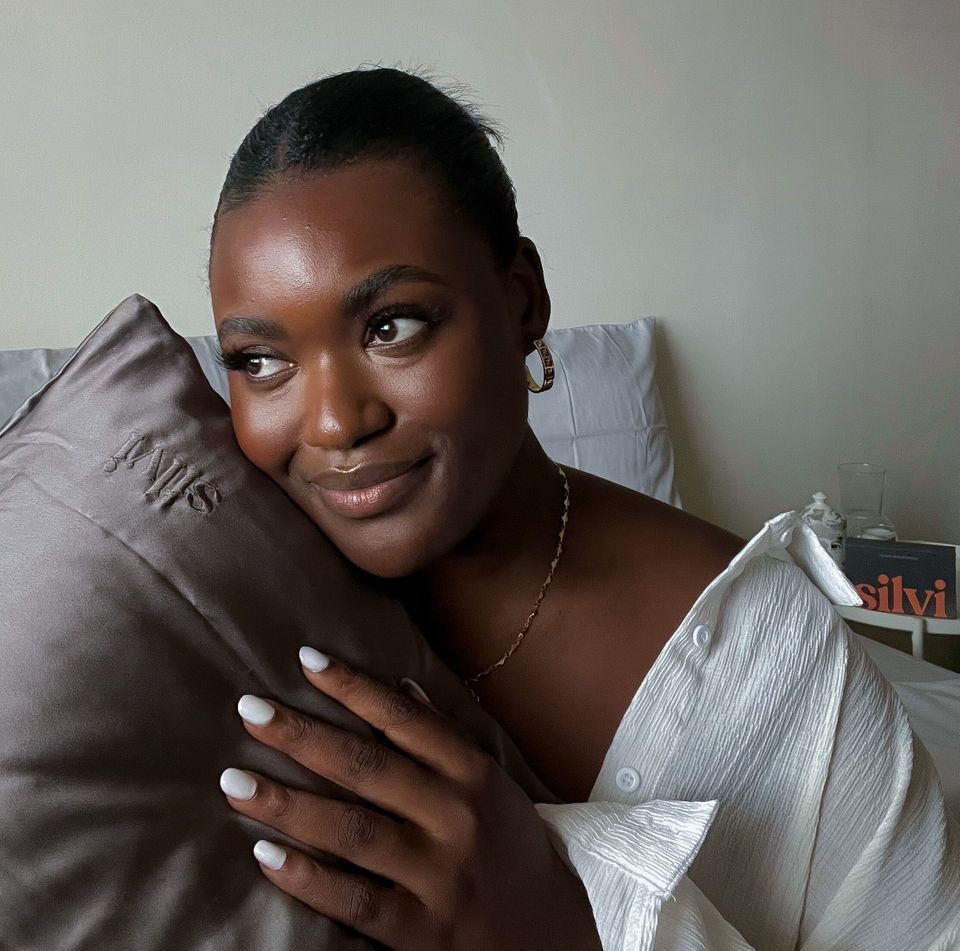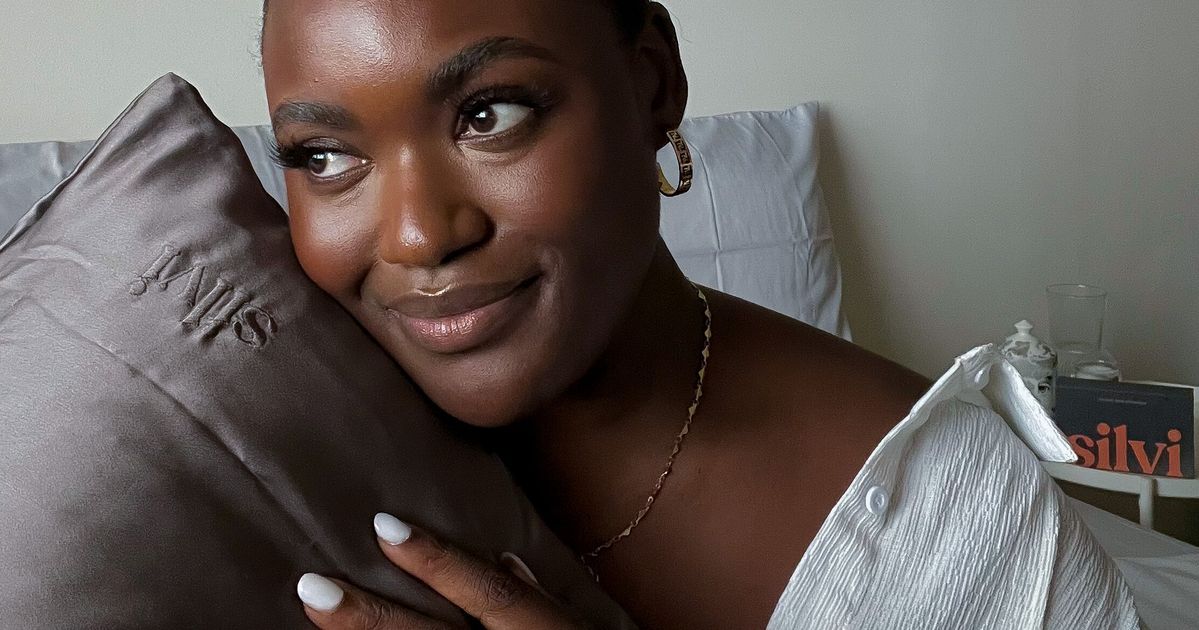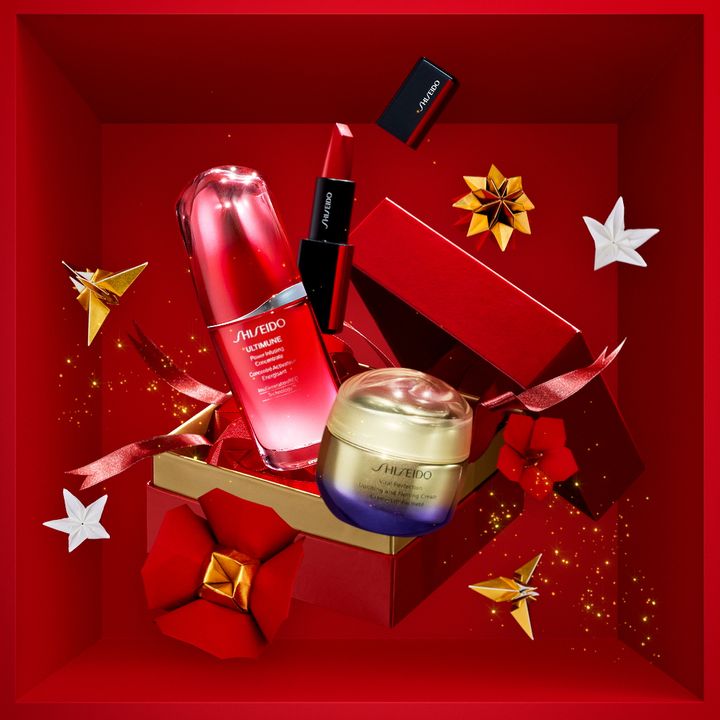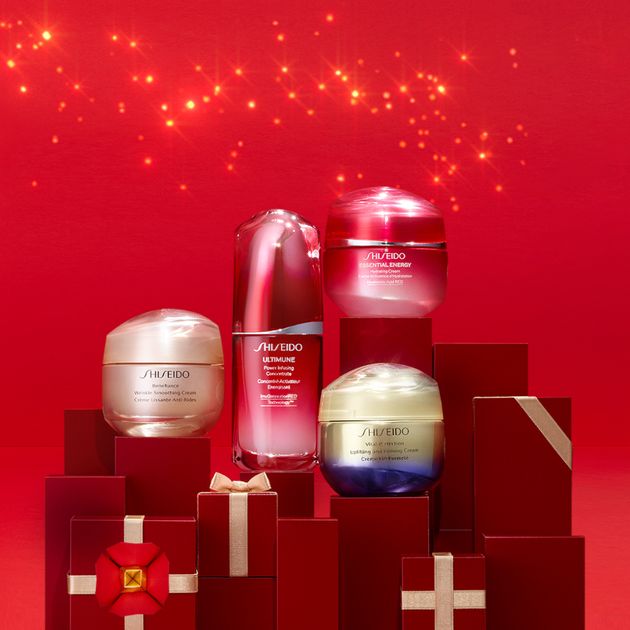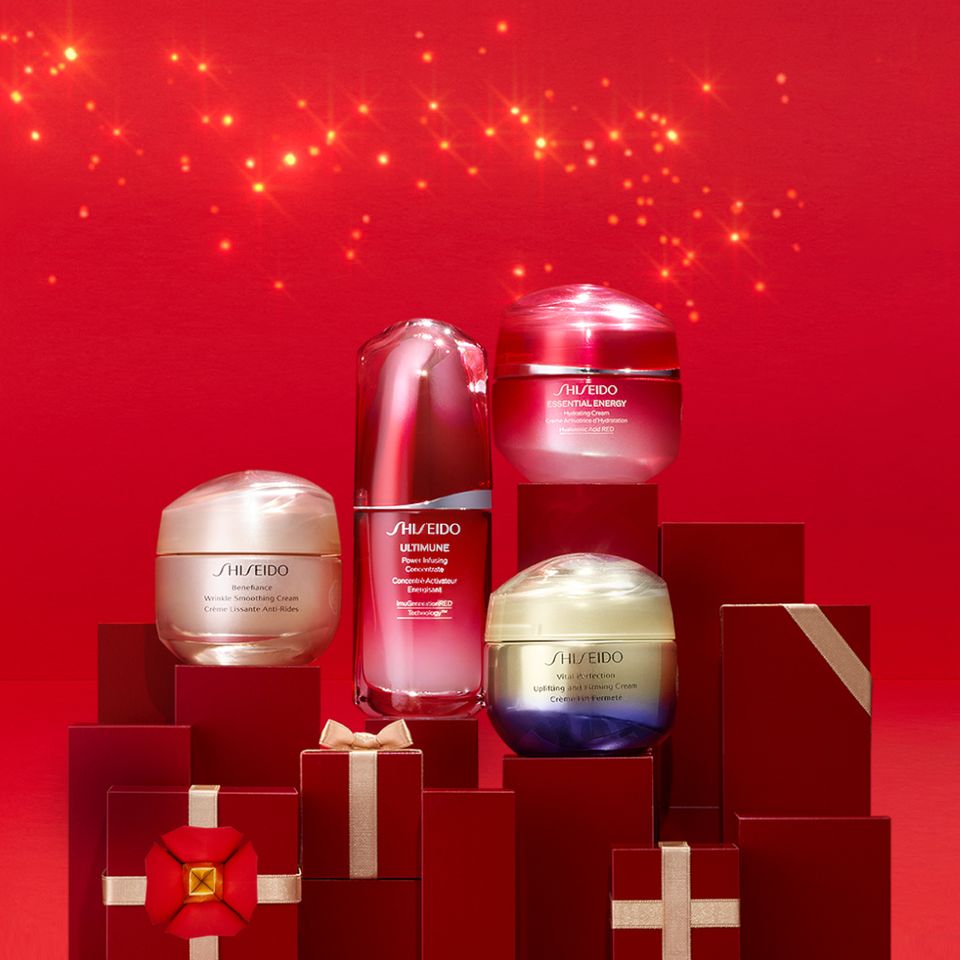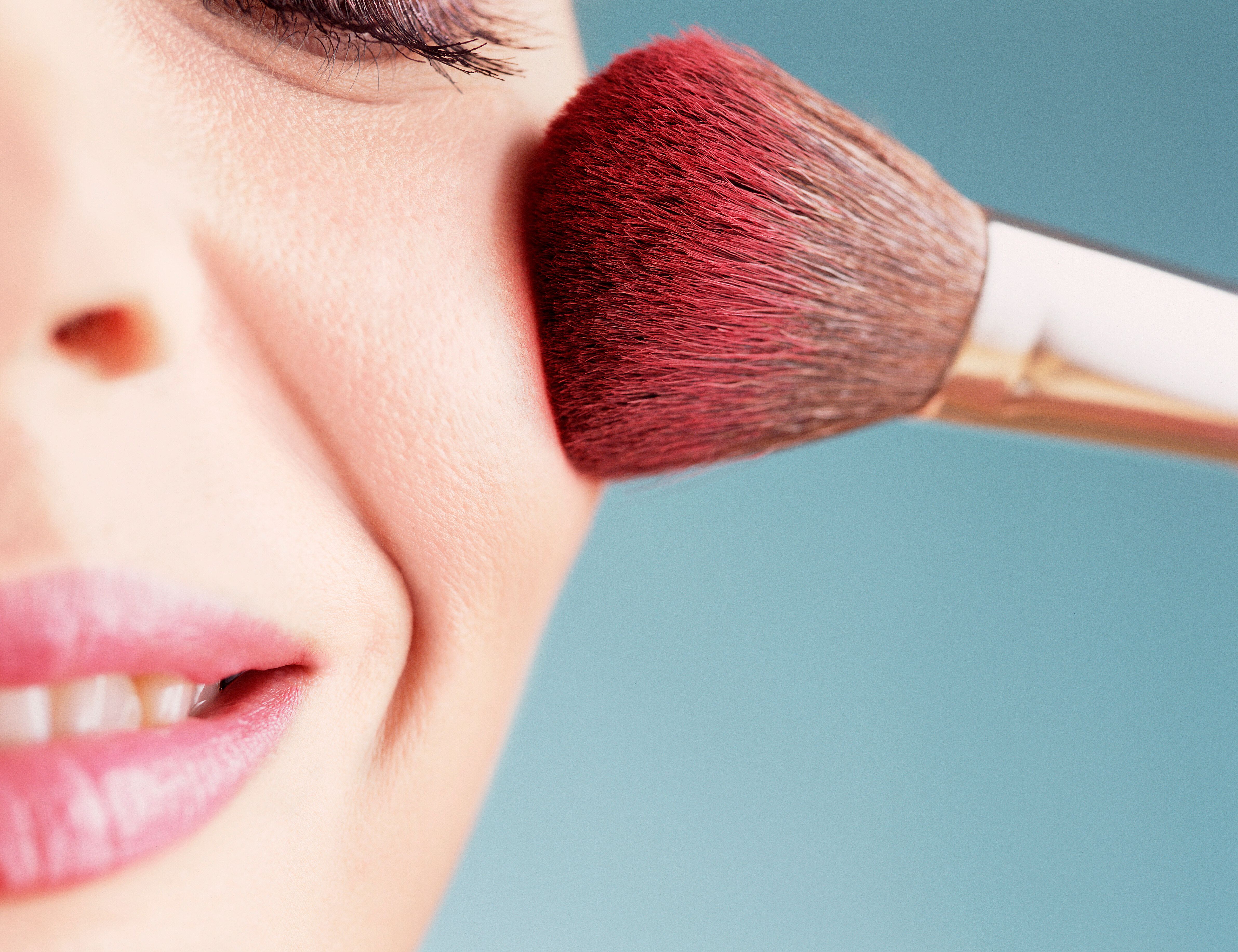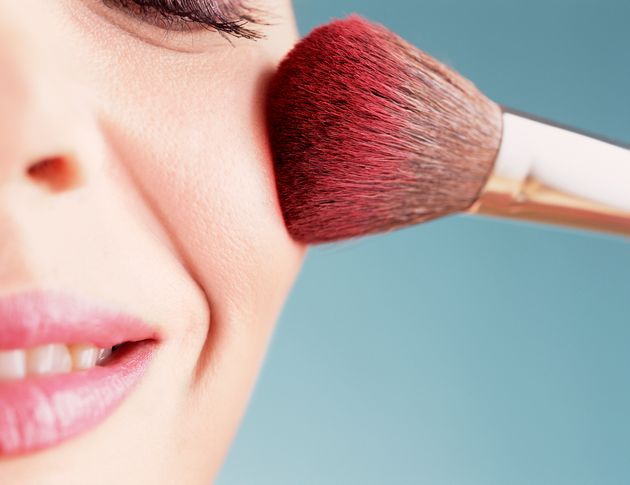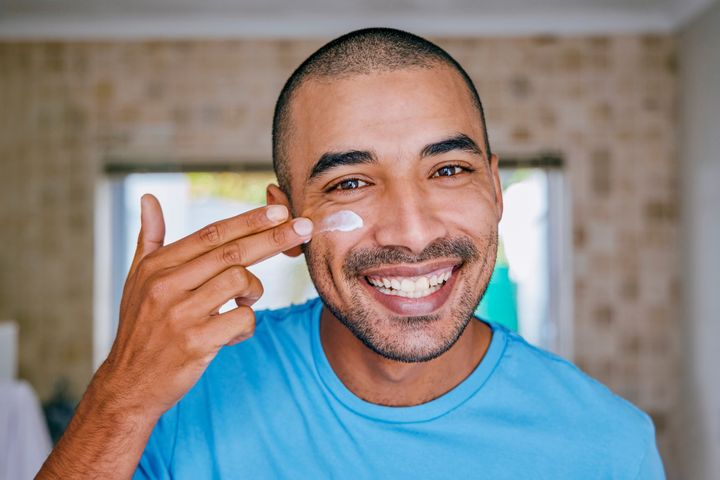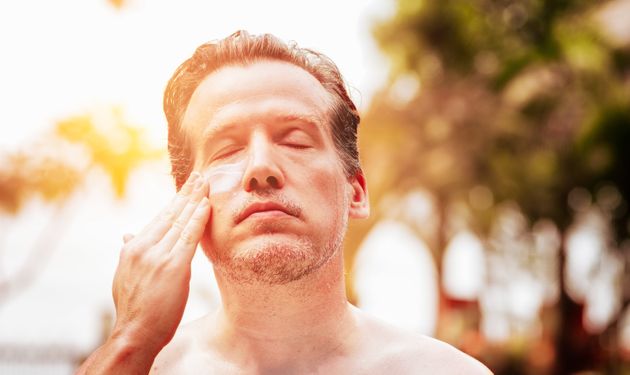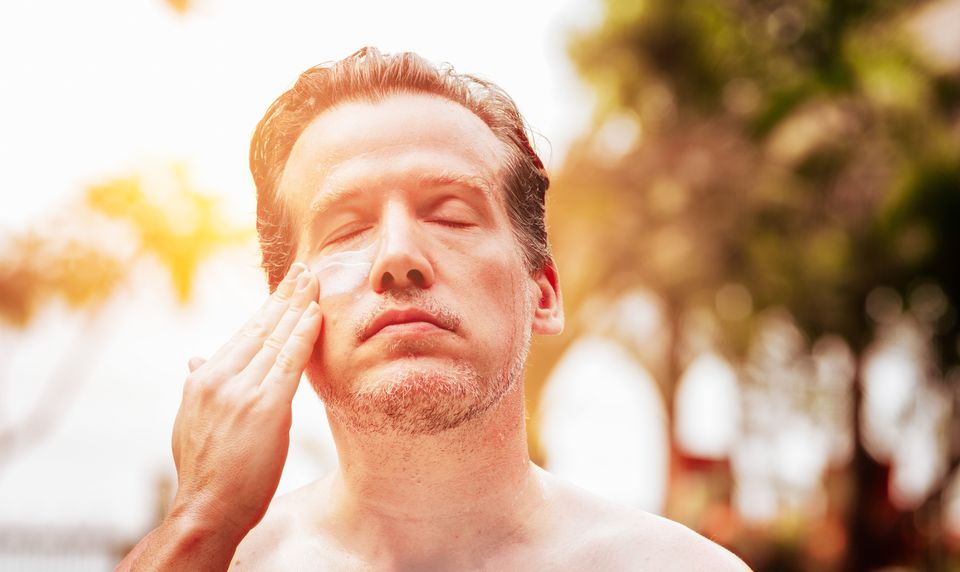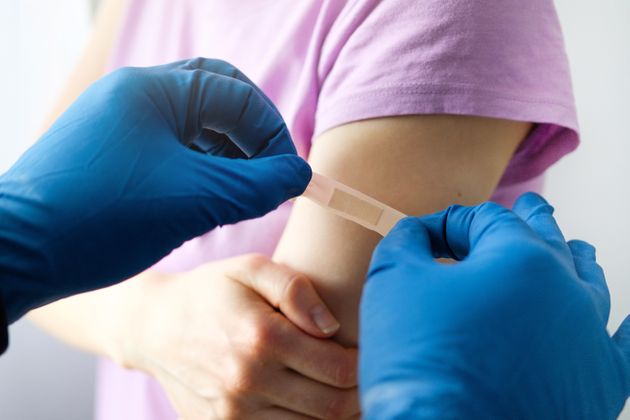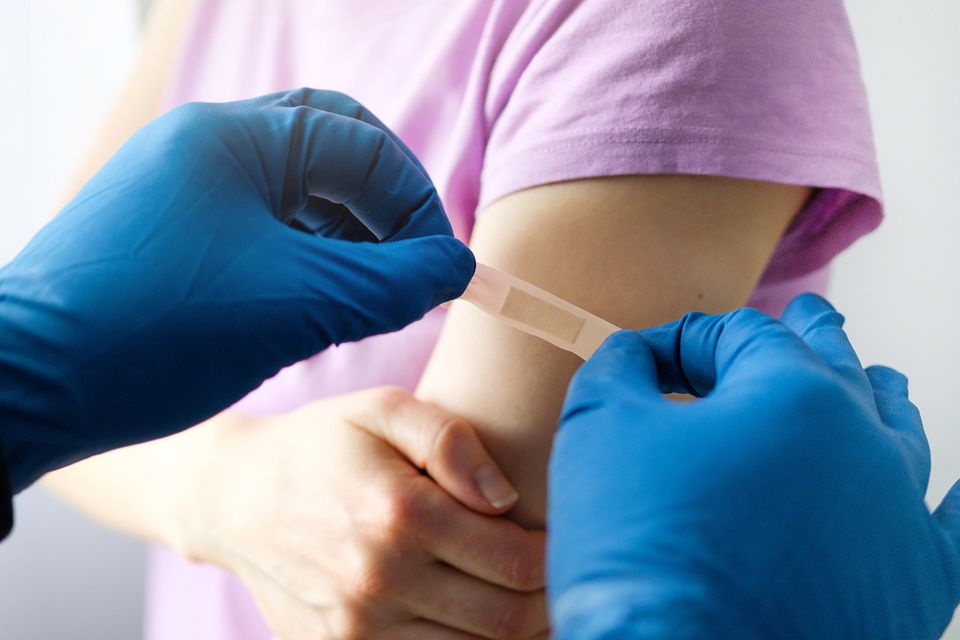If you’re overdoing it with your skincare products, you might want to dial things back a notch or two, for the sake of both your budget and your face.
You could be wasting some serious cash by slathering on a product that’s already getting absorbed as much as possible. What’s more, you could be clogging up your pores.
Advertisement
And products like retinoids can have even more serious issues, since applying too much carries the risk of skin irritation.
“I always tell my patients that overusing retinol, either in the amount applied or in the frequency of application, will not bring about anti-aging benefits any faster nor reduce acne quicker,” warns dermatologist and Mount Sinai clinical instructor Dr. Rachel Westbay. “It will only lead to dryness, redness, peeling or burning.”
If a little bit of something is good for your skin, why isn’t more better? According to chemist and science educator Michelle Wong, the “depot effect” comes into play.
“This means that ingredients will absorb into the top layers of your skin and slowly absorb into the lower layers over time. And once the top layers are saturated, any extra won’t add much,” says Wong, the founder of Lab Muffin Beauty Science, a resource explaining the science behind beauty products.
Advertisement
“This doesn’t happen with stronger retinoids, since they’re already very irritating before the saturation point is reached. But with a lot of other products, it means that applying something five times a day isn’t going to bring much more benefit than applying it twice.”
Take it easy with retinoids
If you’re concerned about over-applying retinols in particular, dermatologist Dr. Karyn Grossman offers a helpful visual. “We’re often told to limit application to a ‘pea size,’ but some people have no idea how big or small a pea is. So I tell them to think about the size of a mechanical pencil eraser,” says Grossman, who co-founded the skincare company Raf Five.
“I recommend placing a small dot on the palm, then using the finger to tap this dot and blend tiny amounts on the forehead, cheeks, nose and chin.”
Westbay points out that it’s good to start slowly. “Begin using a retinol product just one or two nights a week at first and work up to greater frequency,” she advises.
The Mount Sinai instructor also notes that acne spot treatments are often over-applied. “Unless the product has been designed specifically to cover an entire area, like a roll-on, it should be applied in a microdot amount, like the tip of a ballpoint pen,” she says.
Advertisement
Advice for moisturisers, toners and serums
Other products, even moisturisers, require careful application as well. “If you use occlusive moisturisers that may clog pores, applying a very thick layer could lead to acne or other issues with occlusion of the skin,” notes dermatologist Dr. Jeremy Fenton.
Toner, which can be drying, should similarly be applied in the correct amount. “I usually advise using enough product to moisten a cotton round that can then be swiped over the desired areas,” says Dr. Courtney Rubin, a dermatologist and co-founder of skincare brand Fig.1. “If you aren’t using a cotton pad, probably a dime- or nickel-sized amount in the palm of the hand can then be pressed into the skin.”
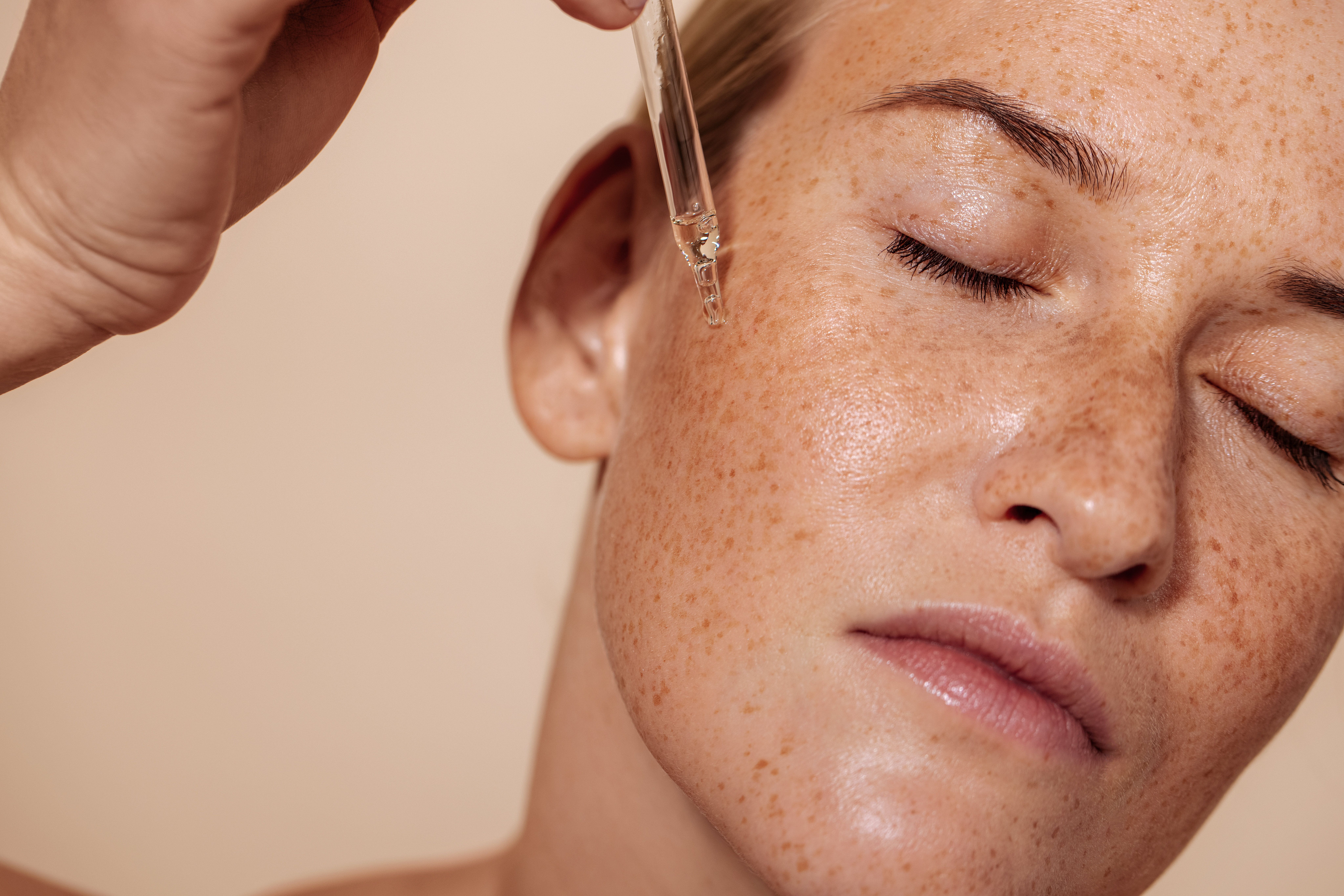
Artem Varnitsin / EyeEm via Getty Images
Joie Tavernise, a medical aesthetician and the founder of company JTAV Clinical Skincare, cautions that a little bit of toner goes a long way. “If you see that the cotton pad is dirty after going over your face once, you can apply more to a second cotton pad. Continue until it looks clean after wiping your face,” she says.
Serums don’t require very much product to be effective, says dermatologist Dr. Nkem Ugonabo, so save your money by applying with a light touch. “I usually tell my patients that a little goes a long way,” she says. “Typically only a couple of drops are needed for the entire face. Also, I recommend applying it with your hands, rather than using the dropper and touching it directly on your face.”
Advertisement
But wait… there’s sunscreen
The one exception to these guidelines is sunscreen, which calls for a heavier application than you probably realise.
“Most people only apply 25 to 50% of the recommended amount of sunscreen,” says dermatologist Dr. Hadley King. “For our body, apply about a shot glass worth, and use a nickel-sized dollop to the face.”
But if you overdo it a bit, that’s totally OK, according to Tavernise. “This is the only product that you can’t use too much of” when protecting your skin from the sun’s damaging rays, “and you should reapply it throughout the day,” she says.
Layer up and pay attention
As long as you’re considering how much to apply, it also makes sense to think about the order of application, experts say. “Start with double-cleansing, then toner, then a treatment product like serum and finally moisturiser that has SPF [sun protection factor] for the day or without SPF at night,” suggests aesthetician Rachel Roff, who is the founder and CEO of the brand Urban Skin Rx.
Another good rule of thumb came from Jennifer Weiss, a physician assistant at dermatology practice Marmur Medical, who says: “A skincare routine should always start off with the thinnest to thickest products. To prevent potential irritation, sandwich the retinol with moisturiser before and after application.”
Advertisement
Many experts offered a “your mileage may vary” caveat, suggesting that you pay attention to each product and how your skin responds to it. “With very nourishing products, you might not need too much. And other times it’s important to apply liberally, taking extra time to massage a nourishing blend into the skin,” says aesthetician Tammy Fender. “I like to observe how a product absorbs as I massage it in, giving it time and making sure that the skin is taking in the benefits. Otherwise you risk over-application.”
Being cautious and paying attention can save you money in the long run, experts say. Dermatologist Dr. Kseniya Kobets offers this suggestion: “Of course, companies want you to use up their products faster so you can buy more. But often if you are pumping out eye serum or cream, you can do a half a pump and see if it spreads over both eyes. If there’s extra product that doesn’t absorb after a few minutes, you may be over-applying. And if you notice new bumps, whiteheads or breakouts, reconsider how much you’re using.”
Dermatologist Dr. Michelle Henry agrees. “If you’ve just applied moisturiser and your skin feels very tacky, slimy and somewhat oily, then chances are you’ve used too much,” she says. “Your skin should feel rejuvenated and not weighed down by your skincare products.”
She also suggests adding a dollop of patience to your routine. “On average, our skin need around two to four weeks to show positive or negative reactions to new skincare products,” Henry says. “If you notice new breakouts, irritated skin or dry patches, these may be the signs that you are using too much or even the wrong products.”
Slow and steady wins the skincare race
Make sure to read the label before applying anything. “Only use products that have been clinically tested in the listed amount, and follow the product’s directions,” says facial plastic surgeon Dr. Amir Karam.
Advertisement
“It’s all about finding the right skincare regimen that works best for you and your skin,” Henry says. “Just be patient, listen to your skin and look for specific ingredients that work well on your skin type. Start with one new product and advance slowly.”
If you’re wondering whether all this effort is worth it, the experts HuffPost spoke to were absolutely positive about the long-term rewards of a well-planned, well-applied skincare regime. Dermatologist Dr. Ellen Marmur, who founded the brand MMSkincare, offers this inspiration: “Reward yourself with a ‘virtual’ $50 bonus every time you moisturise your skin. A happy skin barrier will be radiant and younger looking, which is like money in the bank, so you won’t need to spend as much on makeup or laser treatments later on.”

